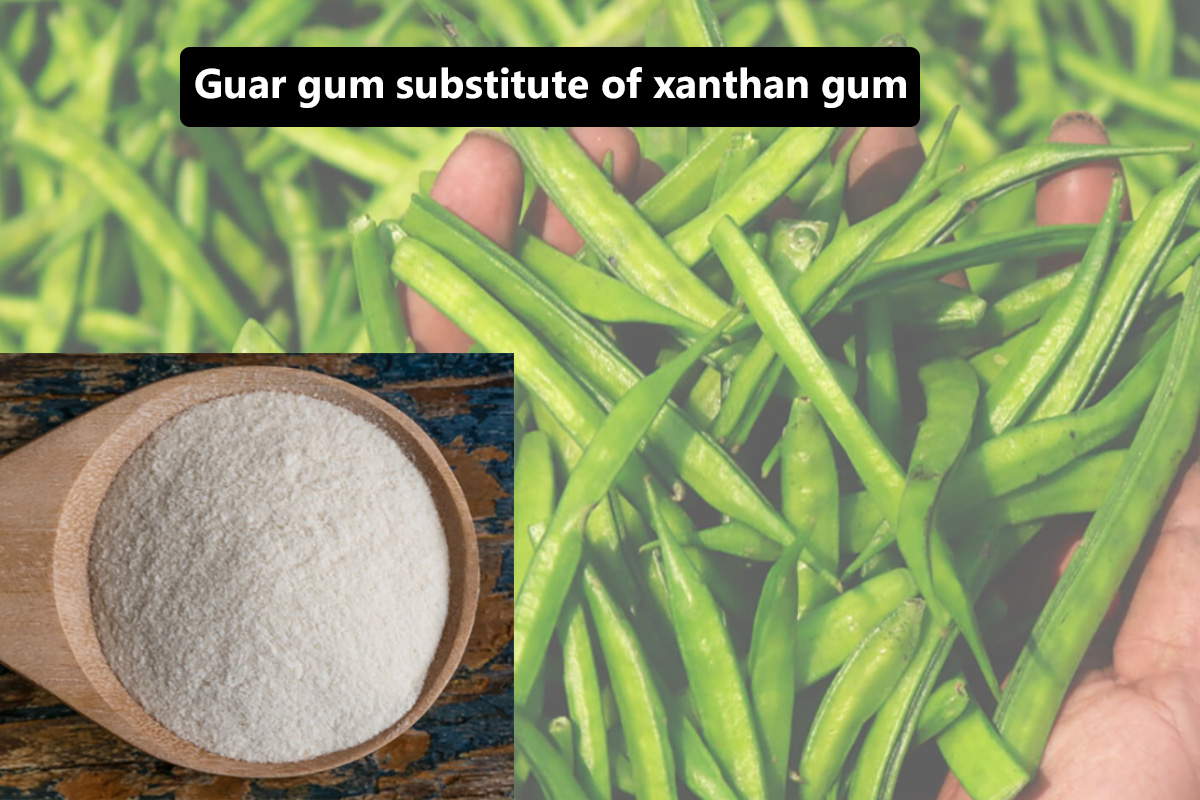-
Mail Us
Guar Gum and Xanthan Gum are two popular food additives commonly used as thickening, stabilizing, and emulsifying agents in various industries, particularly in food production. While xanthan gum is widely known, guar gum serves as an excellent substitute, offering numerous benefits.
Guar gum, derived from the seeds of the guar plant (Cyamopsis tetragonoloba), is a natural polysaccharide primarily used for its thickening and stabilizing properties. The guar plant is predominantly grown in India and Pakistan. The production process involves de-husking, milling, and screening the seeds to obtain the Guar Gum Powder, which is then utilized in various applications, particularly in the food industry.
Xanthan gum is a polysaccharide secreted by the bacterium Xanthomonas campestris. It is produced through a fermentation process involving a carbohydrate source like corn or soy. Xanthan Gum is widely used for its thickening, stabilizing, and emulsifying properties, making it a staple in gluten-free baking and other food applications.
Substituting xanthan gum with guar gum offers several advantages. Guar gum is not only cost-effective but also boasts health benefits such as improved digestive health and blood sugar control. Additionally, guar gum is more readily available and sustainable compared to xanthan gum, making it a preferred choice for many manufacturers and consumers.
Guar gum is rich in soluble fiber, which aids in digestion and promotes a feeling of fullness. In contrast, xanthan gum has a lower fiber content but offers unique properties that benefit gluten-free baking and other applications.
Both guar gum and xanthan gum serve as thickening agents, but they behave differently in recipes. Guar gum works well in cold and hot applications, while xanthan gum is particularly effective in cold preparations.
Guar gum and xanthan gum can often be used interchangeably in recipes. However, understanding the specific properties and benefits of each can help achieve the desired texture and consistency.
Guar gum is generally considered hypoallergenic, making it a safer choice for those with allergies. Xanthan gum, derived from corn or soy, may pose allergen risks for sensitive individuals.

Guar gum serves as an excellent substitute for xanthan gum, offering numerous health benefits, cost savings, and sustainability. Its versatility makes it suitable for various applications in the food, cosmetic, and pharmaceutical industries.